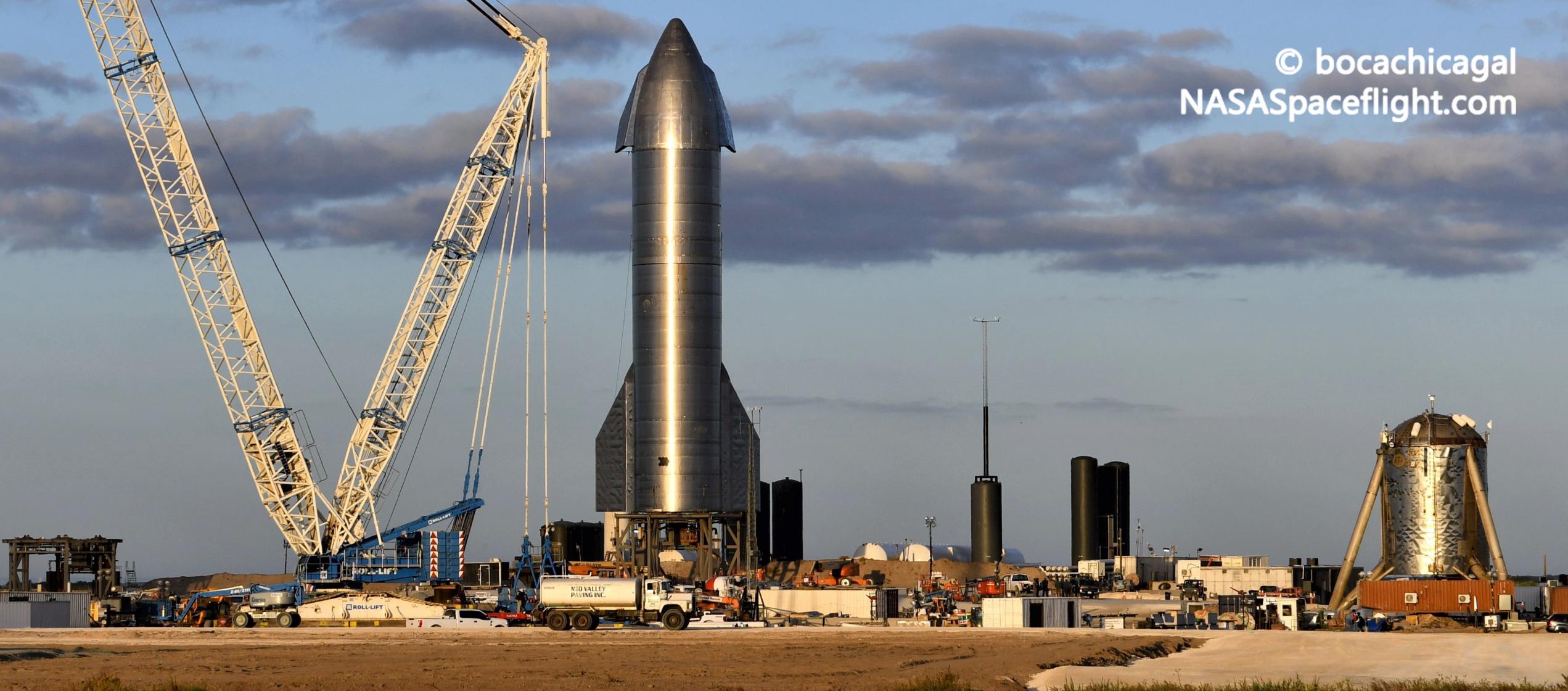
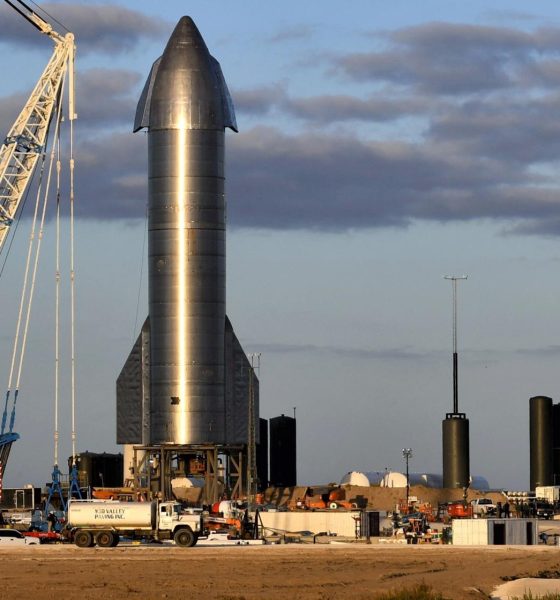
News
SpaceX’s high-altitude Starship launch debut unlikely before Crew-1
Update: SpaceX canceled its November 5th and 6th Starship SN8 static fire test windows on Thursday, delaying the next Starship test window to November 9th unless additional testing is scheduled on the 7th and 8th.
As previously discussed, SpaceX requested three road closures for “Starship SN8 Static Fire and 15KM Flight” attempts on November 9th, 10th, and 11th on Wednesday. With recent cancellations, NASASpaceflight reporter Michael Baylor says that the odds that Starship SN8 will be ready to fly before SpaceX’s Crew-1 operational NASA astronaut launch debut (NET November 14th) are now minuscule, further indicating that each of the three upcoming test windows will be dedicated to one or more Raptor static fires.
Stay tuned for updates as SpaceX continues to prepare Starship for its most ambitious, challenging, and risky test yet.
In the form of road closure filings, SpaceX has effectively announced the first possible dates for Starship’s high-altitude launch debut, a high-risk test that CEO Elon Musk recently made clear could fail.
Per road closures published on SpaceX’s dedicated Cameron County, Texas page, Starship serial number 8 (SN8) could apparently be ready for its historic launch debut as soon as November 9th in a 12-hour window that opens at 9am CST (15:00 UTC). Identical 9am-9pm windows on November 10th and 11th will serve as backups in the event of one or several launch aborts or delays – fairly likely for a prototype as complex as Starship SN8.
However, several tests stand between SN8 and flight-readiness, further increasing the odds of delays as SpaceX continues to work out the kinks in what amounts to the first fully-assembly, functional Starship.
Musk has already stated that Starship SN8 will need to complete another Raptor static fire test – potentially with one, two, or three engines – before SpaceX will consider the rocket ready for its flight debut. Over the last few days, NASASpaceflight.com reporter Michael Baylor has noted on livestreams that multiple more static fire tests are actually in order before SpaceX will attempt to launch Starship SN8. It’s currently unclear what the purpose of those additional static fire tests is, given that SN8 has already completed a triple-engine Raptor static fire.
In the two weeks since that milestone, however, SpaceX did take a major step forward, mating Starship SN8’s nose section to create what is effectively the first full-scale, functional prototype. Aside from two smaller forward flaps and attitude control system (ACS) cold gas thrusters, that nose section also contains a small secondary liquid oxygen tank known as a header tank – meant to store a small amount of highly pressurized propellant to be used during Raptor reentry and landing burns. Several months back, Musk revealed that Starship SN4 completed a static fire while only feeding on fuel (liquid methane) stored in the rocket’s methane header tank, making it reasonable to assume that SpaceX wants to repeat a similar test with SN8 while using both fuel and oxidizer header tanks.
For Starship SN8, those header tanks will be an irreplaceable necessity during the rocket’s first attempted launch, free-fall, flip maneuver, and landing. In a clear sign of preparation for a header-tank-only static fire test, SpaceX appeared to successfully complete a cryogenic proof of Starship SN8’s newly-installed nose section and nose (LOx) header tank on November 3rd, verifying that liquid nitrogen – standing in for LOx – can be pumped more than 50 meters (~165 ft) from Starship’s launch mount to the tip of its nose to load said tank.
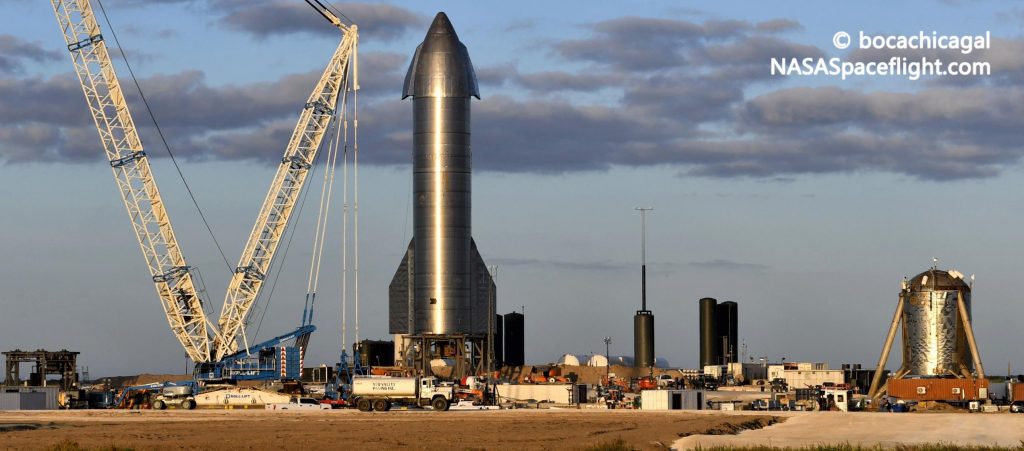
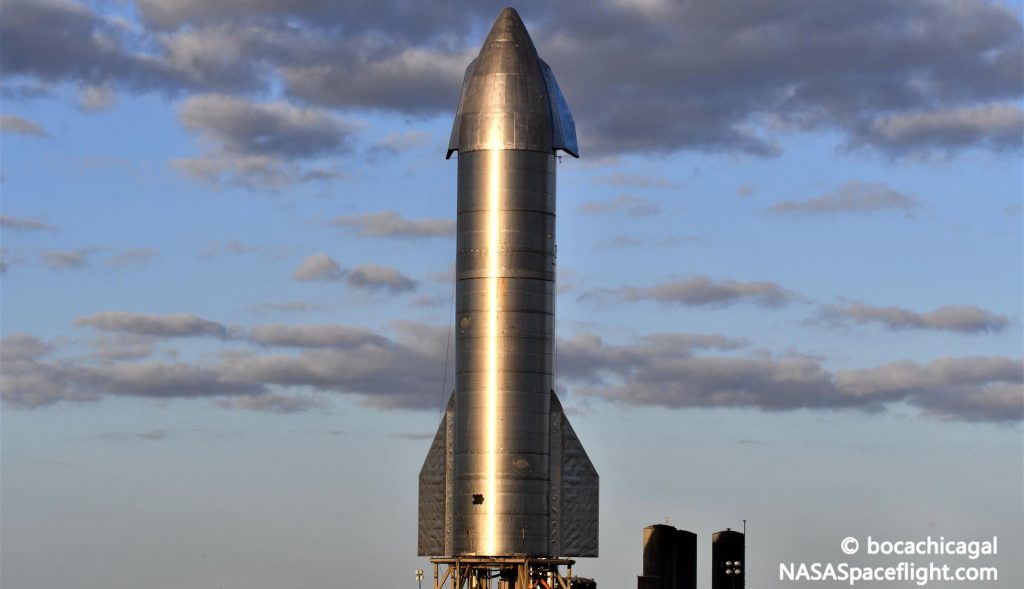
SpaceX has one more “SN8 nose cone cryo proof” test window scheduled from 8am to 5pm CST Thursday, November 5th that could be used for one or more of those expected static fire tests. Otherwise, SpaceX’s Starship SN18 15 km (~50,000 ft) launch closures were technically filed for an “SN8 Static Fire and 15 KM Flight,” allowing SpaceX to perform one or several static fires before attempting to launch. All things considered, the odds that Starship SN8 will launch on time between November 9th and 11th are probably less than 50:50, but there is definitely a chance.

News
Tesla CEO Elon Musk outlines expectations for Cybercab production
“…initial production is always very slow and follows an S-curve. The speed of production ramp is inversely proportionate to how many new parts and steps there are. For Cybercab and Optimus, almost everything is new, so the early production rate will be agonizingly slow, but eventually end up being insanely fast.”
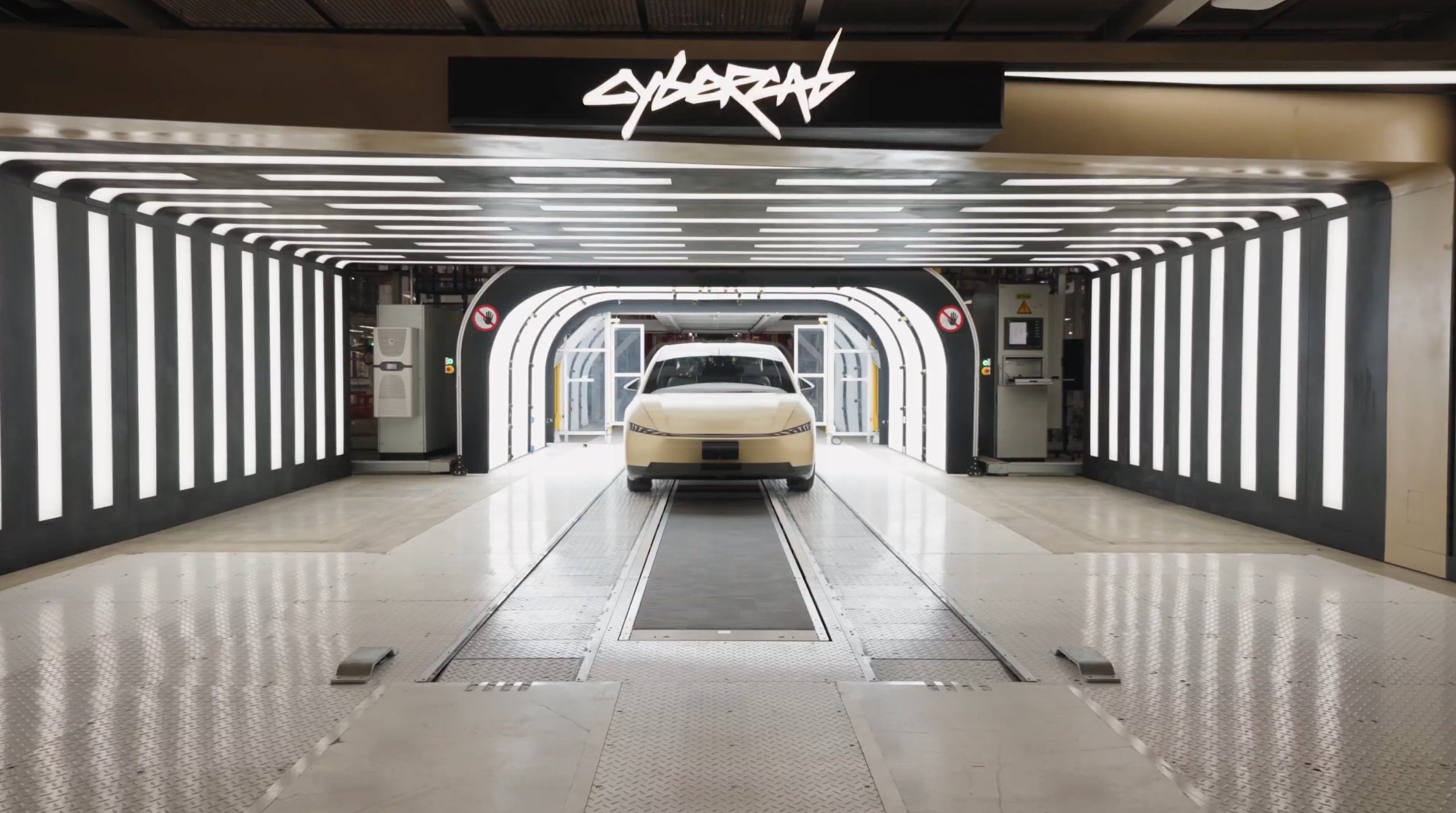
Tesla CEO Elon Musk outlined expectations for Cybercab production as the vehicle is officially set to start rolling off manufacturing lines at the company’s Giga Texas factory in less than 100 days.
Cybercab is specifically designed and catered to Tesla’s self-driving platform and Robotaxi ride-hailing service. The company has been pushing hard to meet its self-set expectations for rolling out an effective self-driving suite, and with the Cybercab coming in under 100 days, it now needs to push for Unsupervised Self-Driving in the same time frame.
Tesla CEO Elon Musk confirms Robotaxi is set to go unsupervised
This is especially pertinent because the Cybercab is expected to be built without a steering wheel or pedals, and although some executives have said they would build the car with those things if it were necessary.
However, Musk has maintained that the Cybercab will not have either of those things: it will have two seats and a screen, and that’s it.
With production scheduled for less than 100 days, Musk broke down what people should expect from the initial manufacturing phases, being cautiously optimistic about what the early stages will likely entail:
“…initial production is always very slow and follows an S-curve. The speed of production ramp is inversely proportionate to how many new parts and steps there are. For Cybercab and Optimus, almost everything is new, so the early production rate will be agonizingly slow, but eventually end up being insanely fast.”
Musk knows better than most about the challenges of ramping up production of vehicles. With the Model 3, Musk routinely refers to it as “production hell.” The Cybertruck, because of its polarizing design and stainless steel exterior, also presented challenges to Tesla.
With the important caveat that initial production is always very slow and follows an S-curve.
The speed of the production ramp is inversely proportionate to how many new parts and steps there are.
For Cybercab and Optimus, almost everything is new, so the early production…
— Elon Musk (@elonmusk) January 20, 2026
The Cybercab definitely presents an easier production process for Tesla, and the company plans to build millions of units per year.
Musk said back in October 2024:
“We’re aiming for at least 2 million units a year of Cybercab. That will be in more than one factory, but I think it’s at least 2 million units a year, maybe 4 million ultimately.”
When April comes, we will find out exactly how things will move forward with Cybercab production.
News
Tesla reveals awesome Model 3 and Model Y incentive, but it’s ending soon

Tesla has revealed an awesome Model 3 and Model Y incentive to help consumers make the jump to one of its affordable mass-market vehicles, but it’s ending soon.
Tesla is offering one free upgrade on eligible inventory of the Model 3 and Model Y until February 2.
This would help buyers receive the most expensive paid option on the vehicle at no additional cost, meaning white interior or a more premium paint option will be free of charge if you take delivery on or before February 2.
Tesla states on its website for the offer:
“Only for limited inventory while supplies last. Price displayed on inventory listings already deducts the cost of the free option.”
Tesla says its one free upgrade offer on eligible U.S. inventory for the Model 3 and Model Y ends February 2.
With this incentive, buyers receive the most expensive paid option on the vehicle at no additional cost (up to $2k in savings). pic.twitter.com/IhoiURrsDI
— Sawyer Merritt (@SawyerMerritt) January 21, 2026
This latest incentive is just another advantage Tesla has by selling its vehicles directly and not using some sort of dealership model that relies on approvals from higher-ups. It is important to note that these programs are offered to help stimulate demand and push vehicles into customers’ hands.
It is not the only incentive Tesla is currently offering, either. In fact, there is a much larger incentive program that Tesla is working on, and it has to do with Full Self-Driving transfers, which could result in even more sales for the company through Q1.
Tesla is ending its FSD Transfer program on March 31, as it plans to transition to a Subscription-only basis with the self-driving suite for anyone who has not already purchased it outright.
This could help drive some on-the-fence buyers to new vehicles, but it remains to be seen. Given the timing of the program’s demise, it appears Tesla is hoping to use it to add additional sales and bolster a strong Q1 2026.
Interior and exterior paint colors can add up to $2,000 if you choose the most premium Ultra Red body color, or an additional $1,000 for the Black and White interior option. The discount, while small, could help get someone their preferred design configuration, instead of settling for something that is not quite what they want.
News
Tesla Full Self-Driving gets outrageous insurance offer with insanely cheap rates
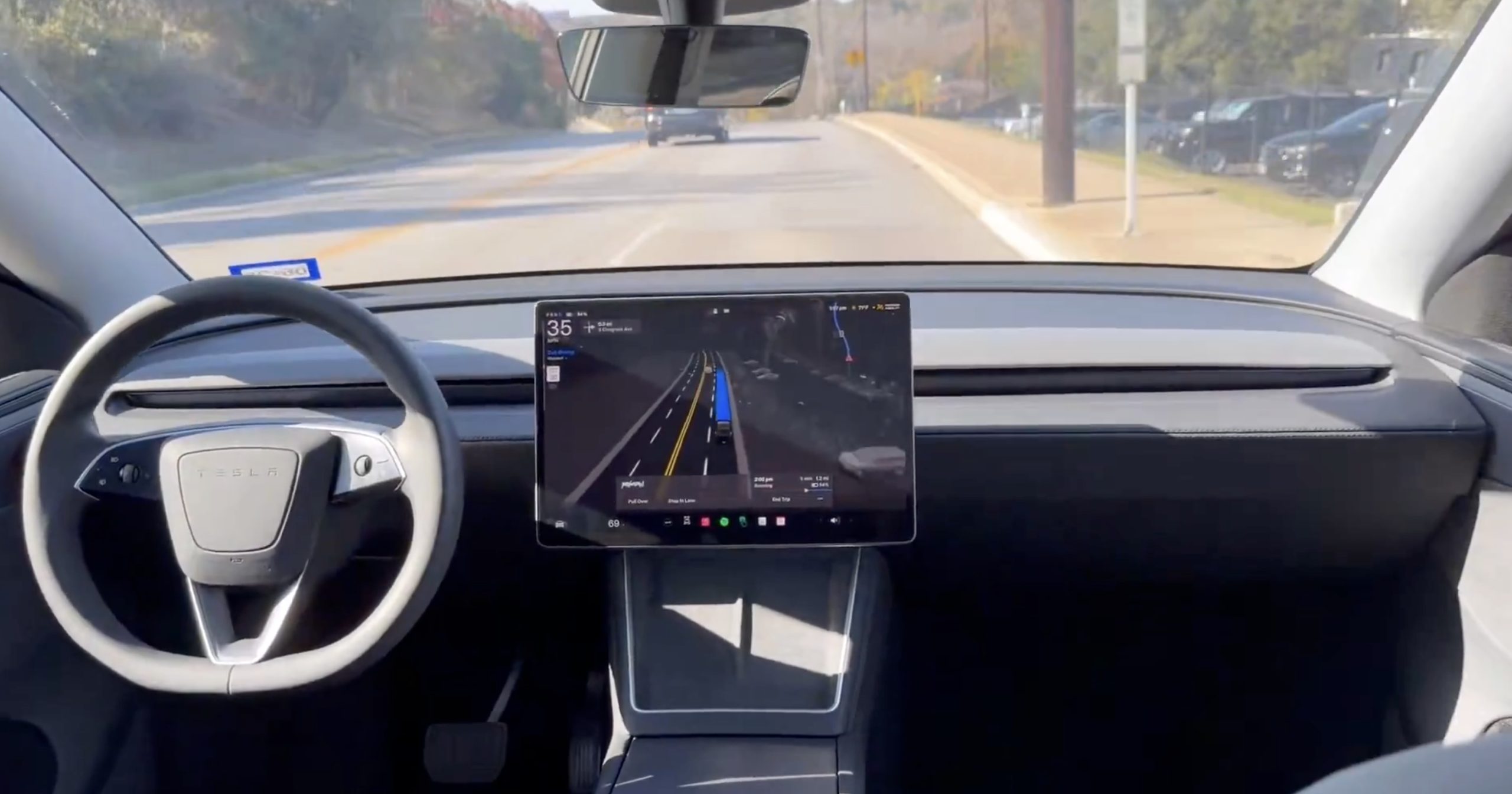
Tesla Full Self-Driving is getting an outrageous insurance offer with insanely cheap rates that will slash the cost of coverage by 50 percent.
Lemonade, a digital insurance company, has launched its first-of-a-kind product known as Lemonade Autonomous Car Insurance, and it is starting with an exclusive offer to FSD. The new offer will cut rates for FSD-engaged driving by “approximately 50 percent,” highlighting the data that shows a significantly safer driving environment when the suite is activated and engaged.
The company also said it plans to introduce even cheaper rates as Tesla continues to release more advanced FSD versions through software updates. Tesla has been releasing new FSD versions every few weeks, highlighting vast improvements for those who have the latest AI4 chip.
The announcement comes just a few months afterLemonade Co-Founder and President Shai Wininger said that he wanted to insure FSD vehicles for “almost free.” He said that Tesla’s API complemented Lemonade’s AI-based platform because it provides “richer and more accurate driving behavior data than traditional UBI devices.”
Tesla Full Self-Driving gets an offer to be insured for ‘almost free’
In mid-December, Lemonade then offered Tesla owners in California, Oregon, and Arizona the opportunity to connect their vehicles directly to the company’s app, which would provide a direct connection and would require a separate telematics device, which is required with other insurance providers who offer rates based on driving behaviors.
This latest development between Lemonade and Tesla is something that Wininger believes will be different because of the advanced nature of FSD:
“Traditional insurers treat a Tesla like any other car, and AI like any other driver. But a car that sees 360 degrees, never gets drowsy, and reacts in milliseconds can’t be compared to a human.”
He went on to say that the existing pay-per-mile product has given the company something that no traditional insurer has been able to offer. This comes through Lemonade’s “unique tech stack designed to collect massive amounts of real driving data for precise, dynamic pricing.”
The reputation FSD has gathered over the past few years is really impressive. Wininger backed this with some more compliments:
“Teslas driven with FSD are involved in far fewer accidents. By connecting to the Tesla onboard computer, our models are able to ingest incredibly nuanced sensor data that lets us price our insurance with higher precision than ever before.”
The product will begin its official rollout in Arizona on January 26. Oregon will get it a month later.








